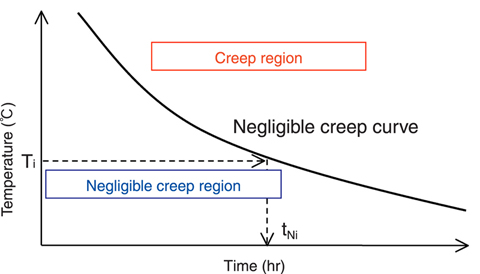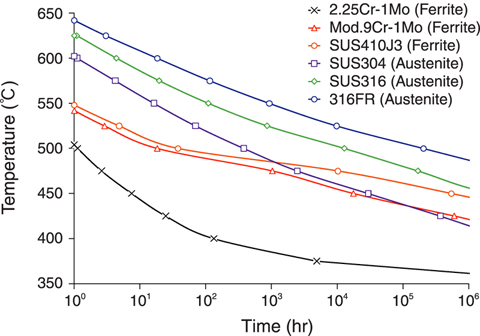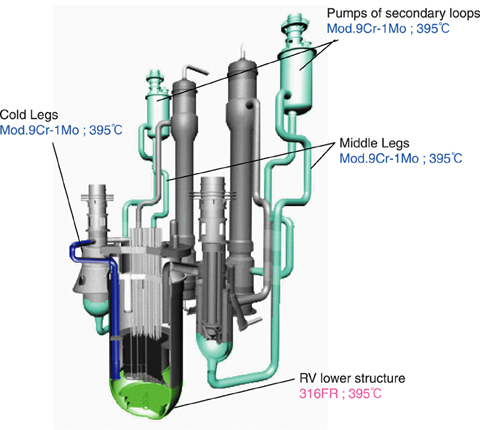
Fig.1-10 Illustration of negligible creep concept

Fig.1-11 Proposed negligible creep curves for each material

Fig.1-12 Components with negligible creep effect in design
The main components in FBR are used at elevated temperature (about 550°C). Therefore, the design evaluation method and standard should consider the influence of creep behavior. The current structural design standard for FBR is divided into those for a elevated temperature design region and for a normal temperature design region, according to whether creep needs to be considered. This division rule is based on the 100,000hr creep properties of 2.25Cr-1Mo and SUS304, because these materials were standard structural materials when the current evaluation method was under development. As a result, a uniform temperature limit was standardized for each steel type, but regardless of the exposed time. These were 375°C for ferrite steel and 425°C for austenite steel. Design considering creep is required for components used over this temperature limit.
However, materials with superior strength at elevated temperature such as 316FR and Mod. 9Cr-1Mo have been developed for FBR structures. The creep rupture strength of Mod. 9Cr-1Mo at 100,000hr is over twice as large as that of 2.25Cr-1Mo, although both materials are categorized as ferrite steel. Conventional classification by steel type and the uniform temperature limit regardless of the exposed time provides a too conservative design evaluation for components made of high creep strength material. Thus, a reasonable division rule for the temperature limit based on creep strength of each material was needed, and we have developed one.
Fig.1-10 shows the proposed concept of the negligible creep curve. It means the effect of creep can be negligible in component design, if the following equation (1) is satisfied.

Where the ti is exposure time at which temperature Ti is reached, tNi is maximum exposure time to reach Ti for creep to be negligible, and n is the number of temperatures considered.
Negligible creep curves proposed for each material are shown in Fig.1-11.
These negligible creep curves, developed independently by us, allow all the rules considering creep of a component to be ignored in a design (Fig.1-12) if the length of operation at a given high temperature falls under the curve. This negligible creep curve concept simplifies the design procedure and allows adequate component design. This means that this concept reduces design costs and widens the design range of FBR components.